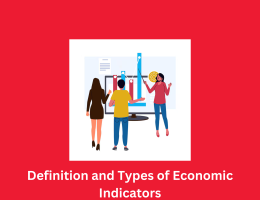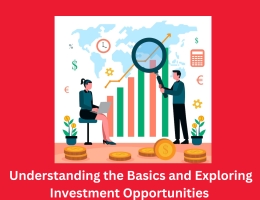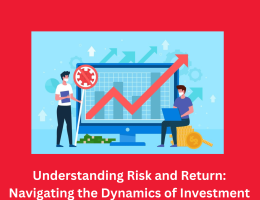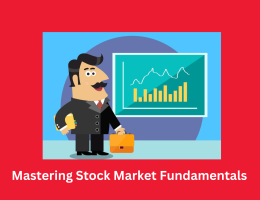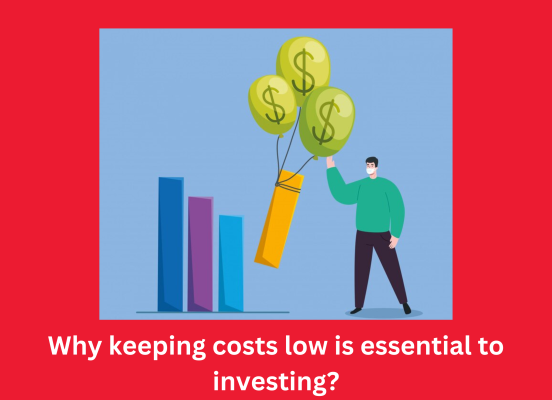
Why keeping costs low is essential to investing?
- By admin --
- Tuesday, 30 Apr, 2024
Fees are often not very important to investors in investing. Fixed ad valorem fees are industry standard and are deducted directly from fund assets on a daily basis. Some people think this is a bit unfair (listen to our podcast with Dan Brocklebank), given that you pay regardless of whether your investments perform well or poorly, but we need to address that. there is.
Thus, dilution is a very important aspect of the investment process. The impact of small differences on your money can be dramatic. Many of us spend time figuring out the best deals in different areas of our lives, and you should follow the same path when it comes to investing.
Head of Personal Finance at AJ Bell, crunched the numbers as follows:
'If you generate a gross return of 6% in step with annum on a £one hundred,000 ISA portfolio, because of this the charges will That manner a discount of 0.5% on every £1.’ Your investment pot will boom in value by £26,400 over two decades. ” Over 30 years, this distinction will increase to simply over £66,000.
"Even small fee reductions for your portfolio can make a big distinction. If your gross annual income is £one hundred,000, lowering your annual charge from 1% to zero.8% will reduce your annual rate to £10,three hundred after 20 years and £10,three hundred after 30 years.
Of route, cheaper doesn't usually suggest higher. Better . Finding a properly-controlled, actively managed portfolio can do wonders for your wealth, but it comes at a better cost.
5 ways to reduce ISA and SIPP fees
1. Use tracker funds and ETFs
Passive funds are all the rage on major investment platforms, with investors preferring cheaper index trackers to their active rivals. Masu. The number of passive funds on the market is also rapidly increasing, leading to significant cost savings. For basic vanilla tracker funds, you can typically pay out around 0.1%, while active versions can pay closer to 0.75% per year.
Unlike actively managed funds, passive funds do not outperform the market, they only mimic the market's performance, but some active fund managers do It has been proven that it can provide excellent performance. However, for many people this is not the case. So if you have an active fund that consistently underperforms, consider replacing it with a tracker fund to reduce costs. You don't have to stay in either camp, but you can use a combination of active and passive methods. For example, you might use tracker funds in markets where active outperformance is more difficult, such as the US, and choose active funds in more niche areas such as small company funds or emerging markets.
2. Don't trade too much.
There are costs each time you buy or sell an investment. These come in various forms, such as bid-ask spreads, transaction fees, or stamp duty, depending on the nature of the trade. There may be legitimate reasons for buying and selling, but if you repeatedly buy and sell in a haphazard manner, commissions can significantly reduce your profits.
Having an investment plan may prevent you from trading as much, but be careful not to check your account too often. The more you check, the more likely you are to trade emotionally instead of sticking to your strategy. Another option is to set up regular investments. This eliminates the need to decide when to invest and tinker with your portfolio. Many platforms also offer discounted fees on regular investments, making it a double benefit.
3. Consider investment trusts
Actively managed investment trusts and investment trusts have different fee structures, but trusts generally tend to be cheaper. A typical actively managed fund costs around 0.75%, but some highly successful mutual funds are available for significantly less. Scottish Mortgage is a clear example of this, with an annual ongoing fee of just 0.36%. The City of London Investment Trust also charges a small annual fee of 0.36%, while the Monks Investment Trust is available at just 0.48% per year. These are very attractive fees for actively managed equity portfolios.
4. Buy around
Fees for similar funds can vary widely, and even small changes in a fund's annual fee can make a big difference in the long run. You shouldn't automatically choose the cheapest option, but it's worth comparing funds and considering whether paying higher fees is worth it. Once you've shortlisted funds in a particular sector, whether active or passive, take a look at how each fund's fees stack up. Next, consider whether you're comfortable paying a higher price and what you're paying that higher price for. A good rule of thumb for tracker funds is to set the amount as low as possible. However, for active managers, it may make sense to pay more for the expertise of a particular manager or his team.
5. Keep it simple
The more complex the area you invest in, the higher the costs can be. This applies to both active and passive funds. This means that a popular UK FTSE 100 tracker fund, such as the iShares Core FTSE 100 ETF, costs just 0.07% annually. But the iShares Automation and Robotics ETF costs 0.4%, almost six times as much.
Don't let cost be your deciding factor. If you want to be in a field and it fits your portfolio, you should invest. However, you should be aware that investing in more niche areas may incur additional costs and be careful not to overcomplicate your portfolio without good reason.

